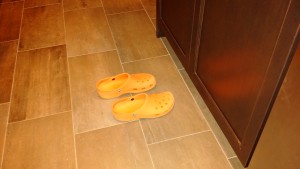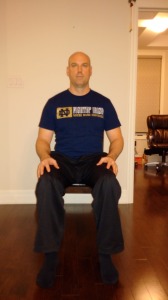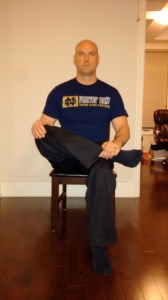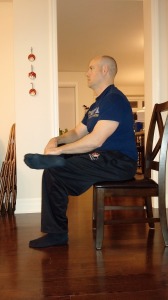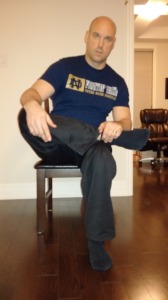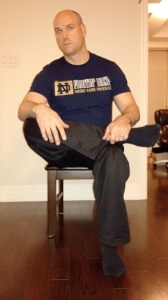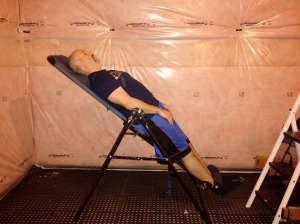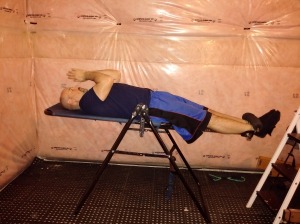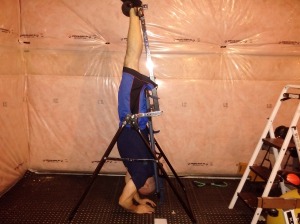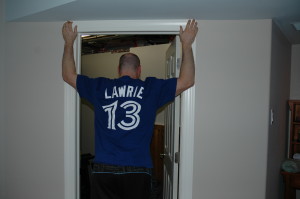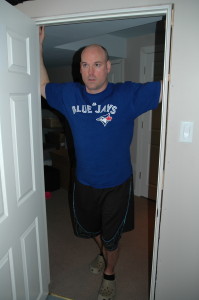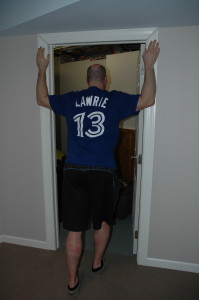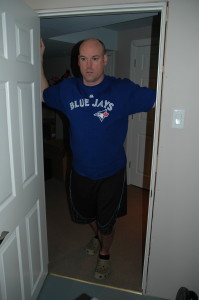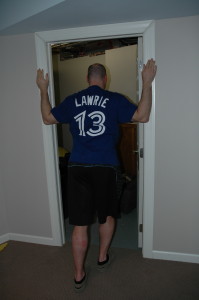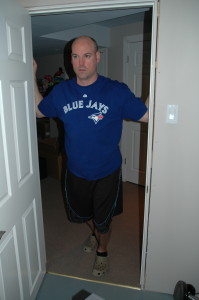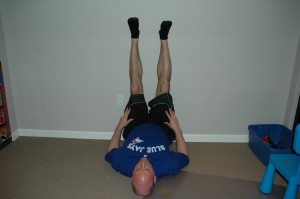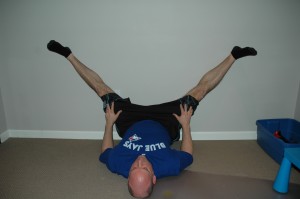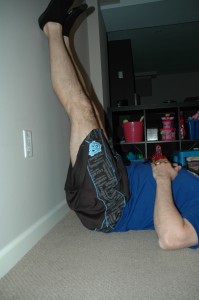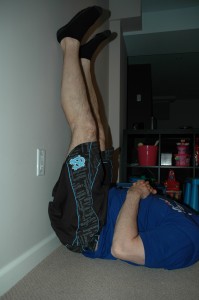So if you’ve noticed we’ve been going through a few transitions – like moving to the lower level in Suite 5 and one of our therapists Peggy has retired. So naturally with our larger space we are bringing in more RMT’s as associates to fill the open schedule times created by changes in therapists schedules.
Our latest addition happens to be Judy. Judy comes with a wealth of experience and expertise, see her autobiography, and one of those specialities that she brings to our dynamic team is Tui na.
I asked Judy to help us all better understand what Tui na is all about. So here are a few bits of information that you might find useful.
What is Tui na?
Tui na is a type of massage therapy that involves using two key actions with the hands on the patient’s body: tui (A Chinese word for push) and na (A Chinese word for grasp). Other actions include rolling, kneading, brushing, and rubbing of the affected areas. A major focus of the tui na method is the areas between the joints, otherwise known as the eight gates.
What can Tui na do for me?
It gets energy moving in muscles by sensing and opening the body’s chi gate. Tui na creates a rhythmic flow of pressure along channels of energy. It is used to massage and lubricate joints and to relieve stress or pain. A practitioner can focus on specific problems such as chronic pain and tension but when used regularly, Tui na helps in a proactive way to maintain good health. The principal of Tui na is based on energy flow in the body from an inner level. A practitioner is able to facilitate energy flow and distribution of energy throughout the body.
Where did Tui na originate?
Similar techniques were first used and documented in China during the Shang Dynasty. It was shown to be used to treat infants and various digestive problems amongst adults. It then spread and developed to other Asian countries such as Japan and Korea, which began popularizing it as a form of massage. It was originally named Anmo.
What does a Tui na experience feel like?
To some, they would say that it is a combination of Shiatsu and acupressure. The techniques mostly consists of steady, paced movements of pressure along the energy lines of the body. It is very similar to many Chinese methods of massage by pinpointing the pressure points of the body. It is an entwined combination of kneading, gliding, pushing, rotating and vibrating the skin.
What are the benefits of Tui na compared to other types of massage?
Tui na has similar benefits to other types of massage. It is primarily used in a therapeutic manner to help solve various musculoskeletal conditions. By treating trigger points and other points that are symptoms of a variety of conditions, Tui na either lessens the pain or resolves the problem. It is similar to many other styles of Chinese massage, but what distinguishes it from others is its ability to treat specific problems.
What problems can Tui na help resolve?
It can help a number of conditions, especially chronic pain in muscles, joints or the skeletal system. It could also be used to treat joint pain such as arthritis, sciatica, neck, back and shoulder pain, and muscle spasms. It could also be used to treat more unorthodox conditions such as insomnia, constipation, migraines, and tension.
What is Tui na today?
It is widely practiced in China, but has long spread and influenced western therapists as well. Tui na could be classified closer to the work of chiropractors and physical therapists than massage therapists. It is equally as difficult to earn a degree as an acupuncturist or herbalist.
Why else is Tui na important for well being?
Tui na corrects anomalies in the body; it senses the flow of energy and evenly distributes it. It relaxes muscles, and it promotes blood circulation. Overall, it’s a very effective treatment to try.
So if Tui na is something that you’re interested in giving a try book a massage with Judy and ask her to apply Tui na techniques during the treatment.

